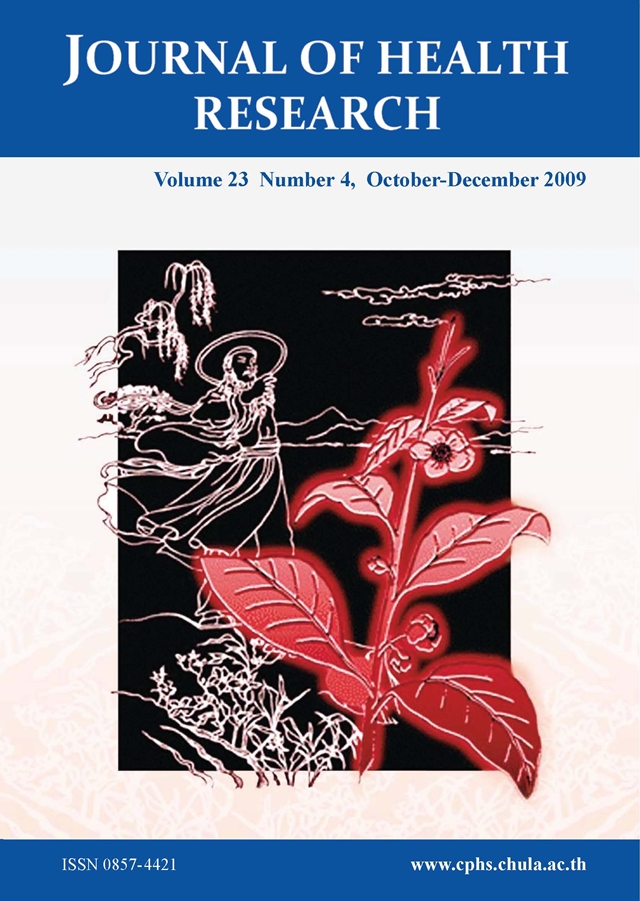Acute Toxicity Test of Medicinal Plants and Herbal Remedies of Aphthous Ulcer
Keywords:
Aphthous ulcer, Quercus infectoria (FAGACEAE), Kaempferia galanga (ZINGIBERACEAE), Coptis chinensis (RANUNCULACEAE), Glycyrrhiza uralensis (LEGUMINOSAE), Toxicity testAbstract
Four medicinal plants, Quercus infectoria (FAGACEAE), Kaempferia galanga (ZINGIBERACEAE), Coptis chinensis (RANUNCULACEAE) and Glycyrrhiza uralensis (LEGUMINOSAE), and two aphthous ulcer preparations with these plants were tested using the brine shrimp lethality test and in vivo acute toxicity (Wistar rat and Swiss albino mouse). In cytotoxicity test, Q. infectoria showed the highest toxicity at LD50 8.82 μg/ml (24 h) and 6.26 μg/ml (48 h) compared with the other plants. In vivo test, the high dose of aphthous powder (2-8 g/kg) and apthhous gel (3-12 mg/kg) did not cause histopathologic effect on rodent liver and kidneys. The results suggest that these plants and their preparations should be safe for the human ulcer treatments.






